Home>Gardening & Outdoor>Landscaping Ideas>How Long Does It Take For Ryegrass To Germinate
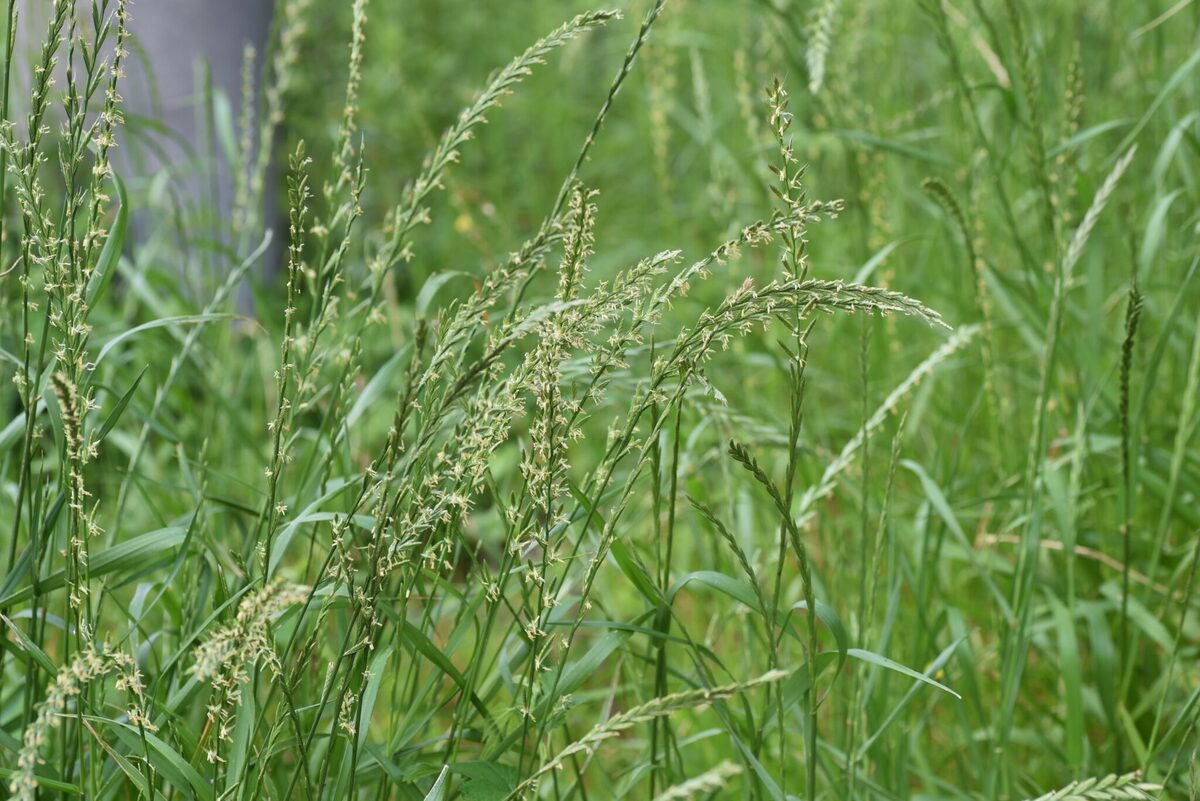

Landscaping Ideas
How Long Does It Take For Ryegrass To Germinate
Published: January 25, 2024
Learn how long it takes for ryegrass to germinate and get expert landscaping ideas to enhance your outdoor space. Discover the best practices for successful lawn establishment.
(Many of the links in this article redirect to a specific reviewed product. Your purchase of these products through affiliate links helps to generate commission for Storables.com, at no extra cost. Learn more)
Introduction
When it comes to establishing a lush and vibrant lawn, understanding the germination process of ryegrass is crucial. Ryegrass, a cool-season grass known for its rapid growth and adaptability, is a popular choice for lawns and pastures. However, the germination of ryegrass is influenced by various factors, and knowing the optimal conditions for successful germination is key to achieving a thick, healthy lawn.
In this comprehensive guide, we will delve into the factors that affect ryegrass germination, explore the optimal conditions required for this process, and discuss the typical germination timeline for ryegrass seeds. Whether you are a seasoned gardener or a novice enthusiast, this article will equip you with the knowledge needed to foster the successful germination of ryegrass, ultimately contributing to the beauty and resilience of your outdoor space. Let's embark on this enlightening journey into the world of ryegrass germination.
Key Takeaways:
- Ryegrass seeds need cool soil, consistent moisture, and proper depth for successful germination. By creating the right environment, gardeners can expect seedlings to emerge within 5 to 10 days.
- Understanding the factors that influence ryegrass germination, such as soil temperature and seed quality, empowers gardeners to nurture a vibrant lawn or pasture. Monitoring progress and responding to seedling needs are crucial for success.
Read more: How Long For Annual Ryegrass To Germinate
Factors Affecting Ryegrass Germination
Several factors play a pivotal role in the germination of ryegrass seeds, ultimately influencing the success and vigor of the emerging seedlings. Understanding these factors is essential for creating an environment conducive to optimal germination. Let’s explore the key elements that impact the germination process of ryegrass:
- Soil Temperature: The temperature of the soil directly affects the germination of ryegrass seeds. Cool-season grasses such as ryegrass thrive in cooler temperatures, with an optimal soil temperature range of 50 to 65 degrees Fahrenheit. When the soil temperature falls within this range, the germination process is accelerated, leading to robust seedling emergence.
- Moisture Levels: Adequate moisture is critical for the germination of ryegrass seeds. Consistent, light watering is necessary to keep the soil evenly moist but not waterlogged. Insufficient moisture can hinder germination, while excessive water can lead to seed rot and poor germination rates.
- Seed Depth: The depth at which ryegrass seeds are sown significantly impacts their germination. Ideally, ryegrass seeds should be planted at a depth of around 1/4 to 1/2 inch in fine-textured soils and slightly deeper, up to 3/4 inch, in coarse, sandy soils. Planting at the correct depth ensures that the seeds have access to the necessary moisture and warmth for successful germination.
- Soil Quality: The overall quality and composition of the soil play a crucial role in ryegrass germination. Well-draining, fertile soil with a slightly acidic to neutral pH provides an ideal environment for seedling establishment. Soil that is compacted or lacking in essential nutrients may impede the germination and early growth of ryegrass.
- Light Exposure: While some seeds require exposure to light to germinate, ryegrass seeds are best sown at a depth that prevents direct light exposure. Covering the seeds with a light layer of soil promotes successful germination and protects the seeds from drying out or becoming dislodged.
By considering and addressing these influential factors, gardeners and landscapers can significantly enhance the germination potential of ryegrass seeds, paving the way for a thriving and resilient lawn or pasture. Now that we’ve explored the factors affecting ryegrass germination, let’s delve into the optimal conditions required for the successful emergence of ryegrass seedlings.
Optimal Conditions for Ryegrass Germination
Creating the ideal environment for ryegrass germination is essential to ensure the successful establishment of a lush and resilient lawn or pasture. By providing the optimal conditions for germination, gardeners and landscapers can maximize the potential for robust seedling emergence and subsequent growth. Let’s explore the key elements that contribute to the optimal conditions for ryegrass germination:
- Temperature: Ryegrass seeds germinate most effectively when the soil temperature ranges between 50 and 65 degrees Fahrenheit. These cooler temperatures provide the necessary conditions for prompt and vigorous germination, setting the stage for healthy seedling development.
- Moisture: Consistent moisture is vital for ryegrass germination. The soil should be kept evenly moist but not waterlogged to support the hydration and activation of the seeds. Light, frequent watering is recommended to maintain the ideal moisture levels for successful germination.
- Soil Texture: The texture of the soil significantly impacts the germination process. Fine-textured soils, such as loam, provide an ideal medium for seedling emergence. These soils retain moisture while allowing for adequate aeration, creating a favorable environment for ryegrass germination.
- pH Level: Ryegrass thrives in slightly acidic to neutral soil with a pH range of 5.8 to 7.0. Maintaining the appropriate pH level promotes optimal nutrient availability and supports the physiological processes involved in seed germination and early growth.
- Light: While ryegrass seeds do not require direct light exposure for germination, they should be sown at a depth that prevents light from reaching them. This protects the seeds from drying out and helps maintain consistent moisture levels, contributing to successful germination.
By ensuring that these optimal conditions are met, gardeners and landscapers can set the stage for the successful germination of ryegrass seeds, ultimately leading to the development of a vibrant and resilient turf. Now that we’ve explored the optimal conditions for ryegrass germination, let’s delve into the typical germination timeline for ryegrass seeds.
Ryegrass typically takes 5-10 days to germinate, but this can vary based on temperature, moisture, and soil conditions. Keep the soil consistently moist and warm for best results.
Germination Time for Ryegrass
The germination time for ryegrass seeds can vary based on several factors, including environmental conditions, seed quality, and cultivation practices. Understanding the typical germination timeline for ryegrass is essential for gardeners and landscapers, providing valuable insight into the expected duration of the germination process. Let’s explore the general timeline for ryegrass seed germination and the factors that can influence this crucial phase of growth.
Under optimal conditions, ryegrass seeds typically germinate within 5 to 10 days after sowing. However, it’s important to note that variations in soil temperature, moisture levels, and seed viability can impact the germination timeframe. Cooler soil temperatures within the ideal range of 50 to 65 degrees Fahrenheit can expedite the germination process, leading to quicker seedling emergence. Conversely, suboptimal temperatures may prolong the germination period, requiring additional patience from the gardener.
Consistent moisture is a key factor in promoting timely germination. Adequate watering and soil moisture maintenance contribute to the activation and swelling of ryegrass seeds, accelerating the emergence of seedlings. Additionally, high-quality seeds with good viability and genetic potential are more likely to germinate promptly, further influencing the germination time frame.
It’s important for gardeners to monitor the germination progress closely, observing the appearance of the first seedlings as an indication of successful germination. While the typical germination time for ryegrass falls within the 5 to 10-day range, individual variations and environmental factors should be taken into account, allowing for flexibility in the expected timeline.
By understanding the factors that influence the germination time for ryegrass and maintaining the optimal conditions for seedling emergence, gardeners and landscapers can foster a successful and timely germination process, laying the foundation for a lush and resilient lawn or pasture. Now that we’ve explored the germination time for ryegrass, let’s summarize the key insights we’ve uncovered in this comprehensive guide.
Conclusion
In this comprehensive exploration of ryegrass germination, we’ve delved into the factors that influence the successful emergence of ryegrass seedlings, the optimal conditions required for germination, and the typical timeline for this crucial phase of growth. By understanding these key aspects, gardeners and landscapers can effectively nurture the germination process, ultimately contributing to the development of a vibrant and resilient lawn or pasture.
Factors such as soil temperature, moisture levels, seed depth, soil quality, and light exposure play pivotal roles in the germination of ryegrass seeds. By addressing these influential factors and creating an environment that aligns with the optimal conditions for germination, individuals can enhance the potential for robust seedling emergence and subsequent growth.
When striving for successful ryegrass germination, maintaining a soil temperature within the range of 50 to 65 degrees Fahrenheit, ensuring consistent moisture, and providing well-draining, fertile soil are essential steps. Additionally, sowing ryegrass seeds at the appropriate depth and protecting them from direct light exposure contribute to a favorable germination environment.
The typical germination time for ryegrass falls within the 5 to 10-day range under optimal conditions. However, variations in environmental factors and seed quality can influence the duration of the germination process. By closely monitoring the germination progress and responding to the specific needs of the emerging seedlings, gardeners can support the successful establishment of ryegrass.
Armed with this knowledge, gardeners and landscapers are empowered to create an environment that fosters the successful germination of ryegrass, setting the stage for a lush and resilient outdoor space. Whether cultivating a vibrant lawn or establishing productive pastures, the insights shared in this guide serve as valuable tools for nurturing the germination process and achieving the desired results.
With a deeper understanding of the germination process and the optimal conditions for ryegrass, individuals can embark on their landscaping endeavors with confidence, knowing that they are equipped to facilitate the successful emergence and growth of this versatile and valuable grass species.
Frequently Asked Questions about How Long Does It Take For Ryegrass To Germinate
Was this page helpful?
At Storables.com, we guarantee accurate and reliable information. Our content, validated by Expert Board Contributors, is crafted following stringent Editorial Policies. We're committed to providing you with well-researched, expert-backed insights for all your informational needs.
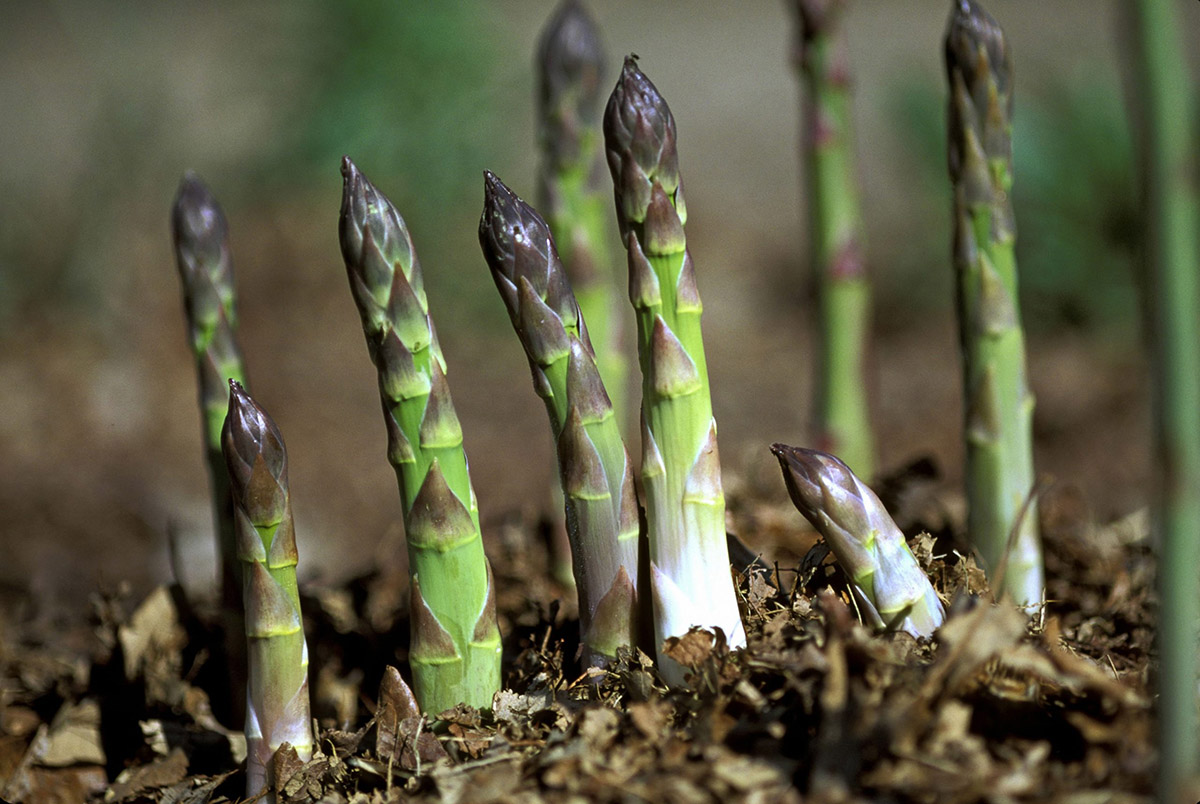
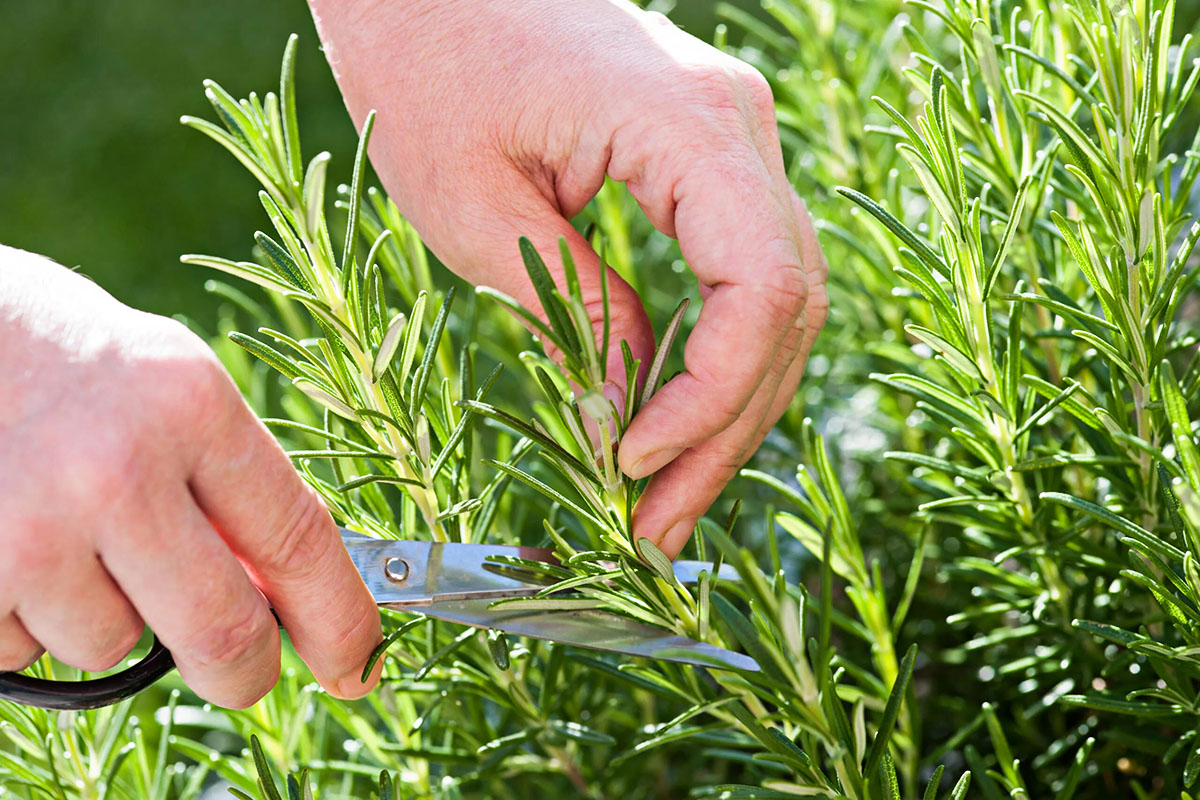
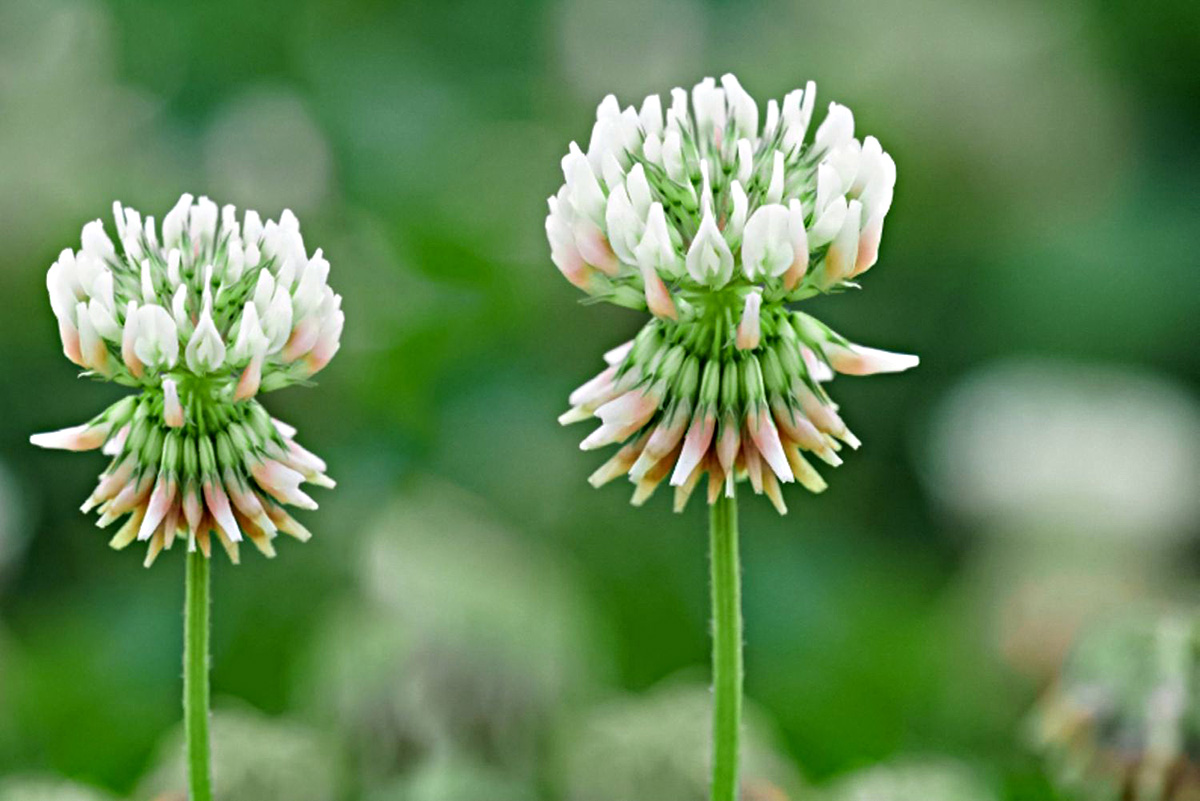
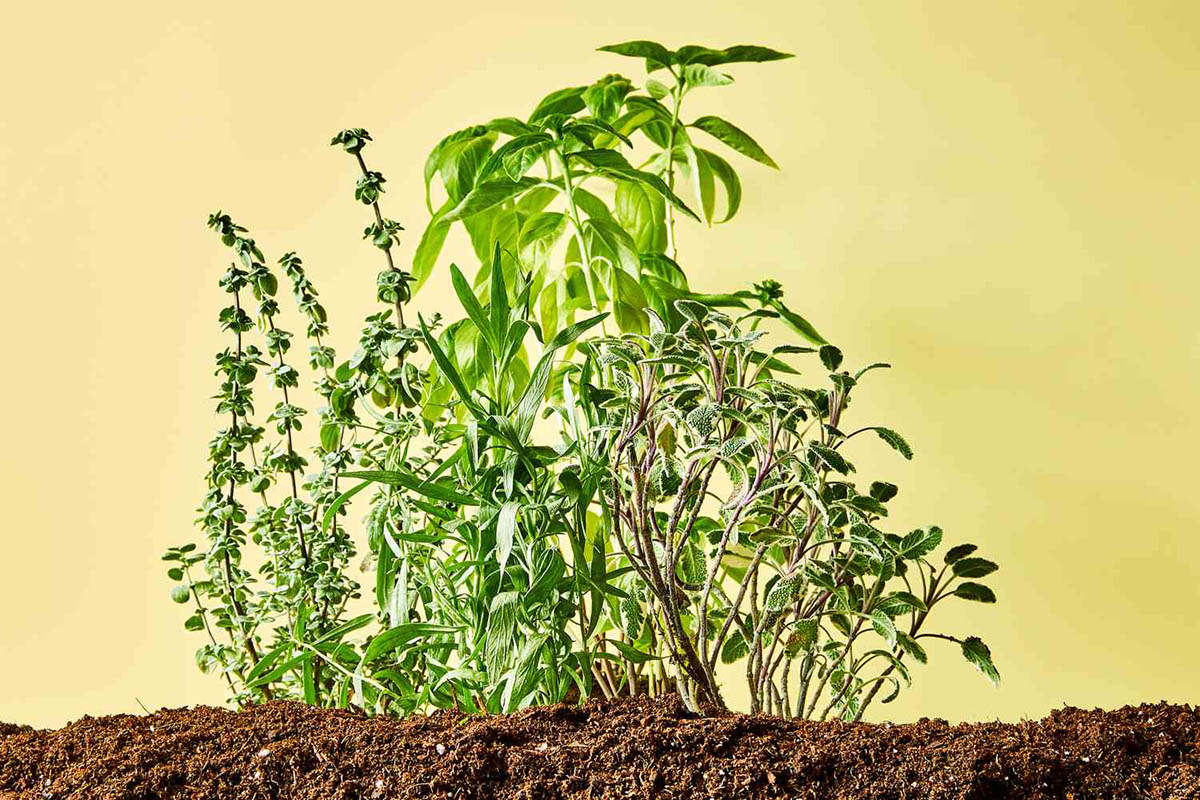
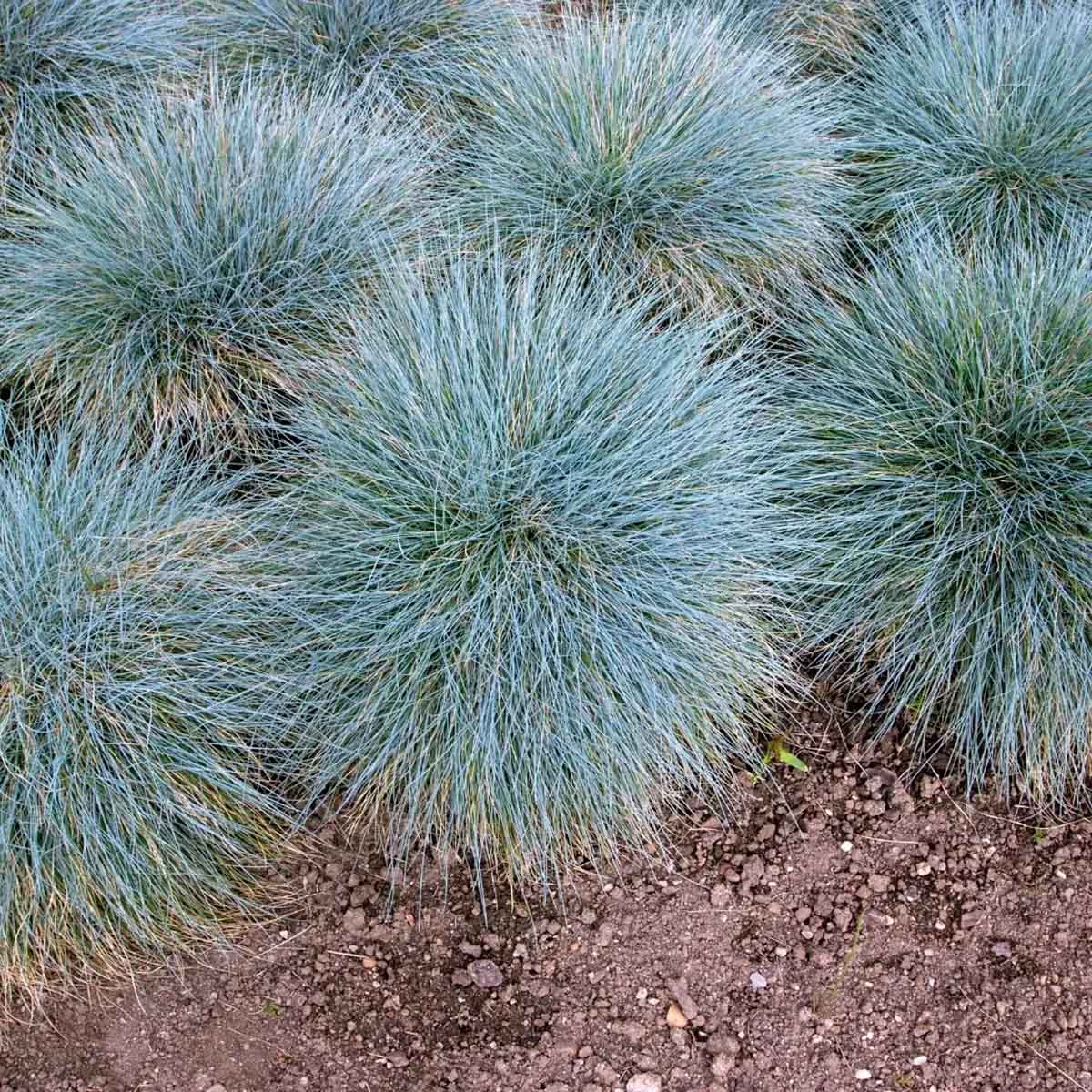
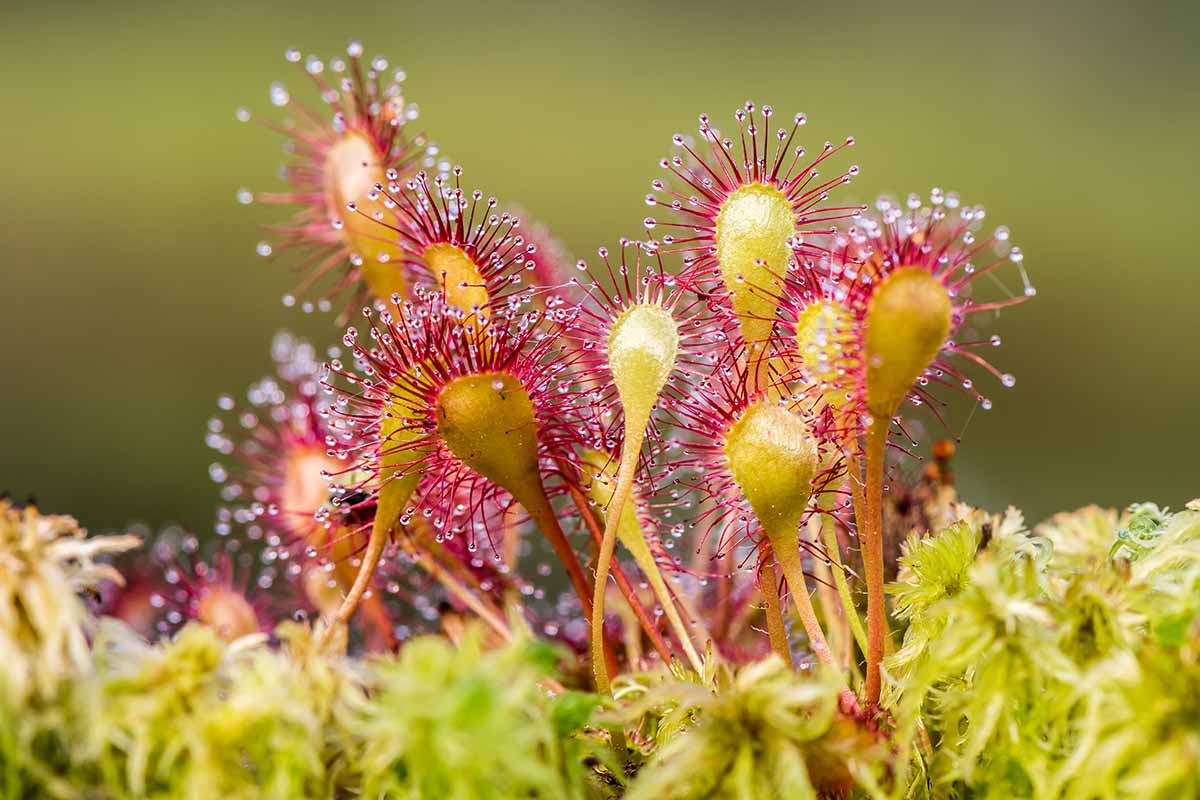
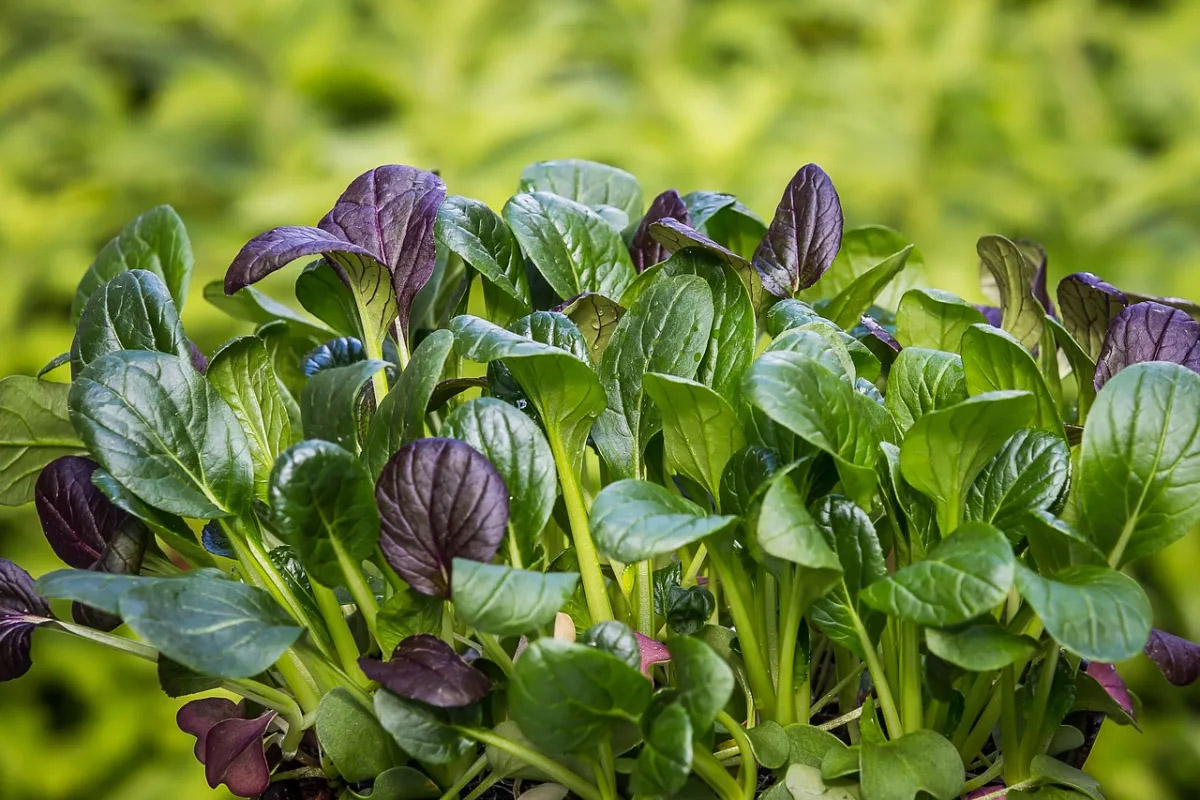

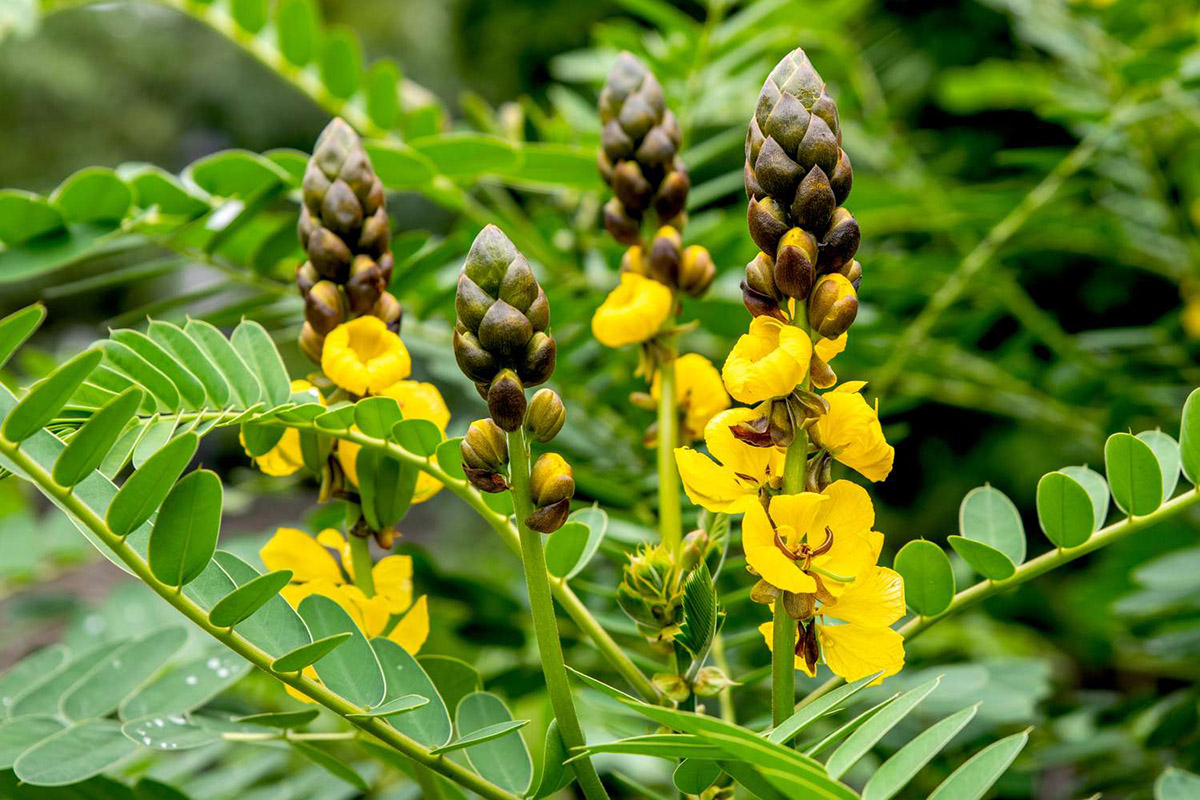

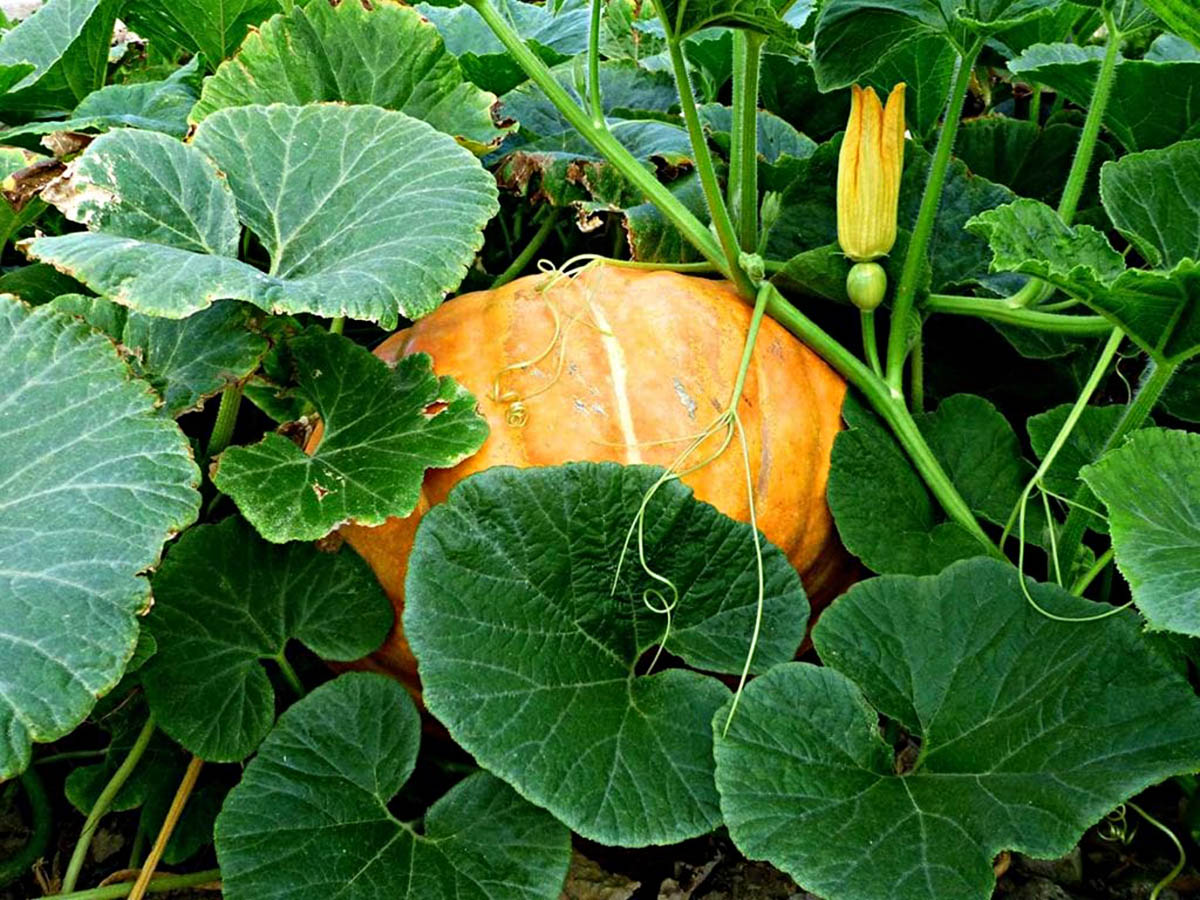
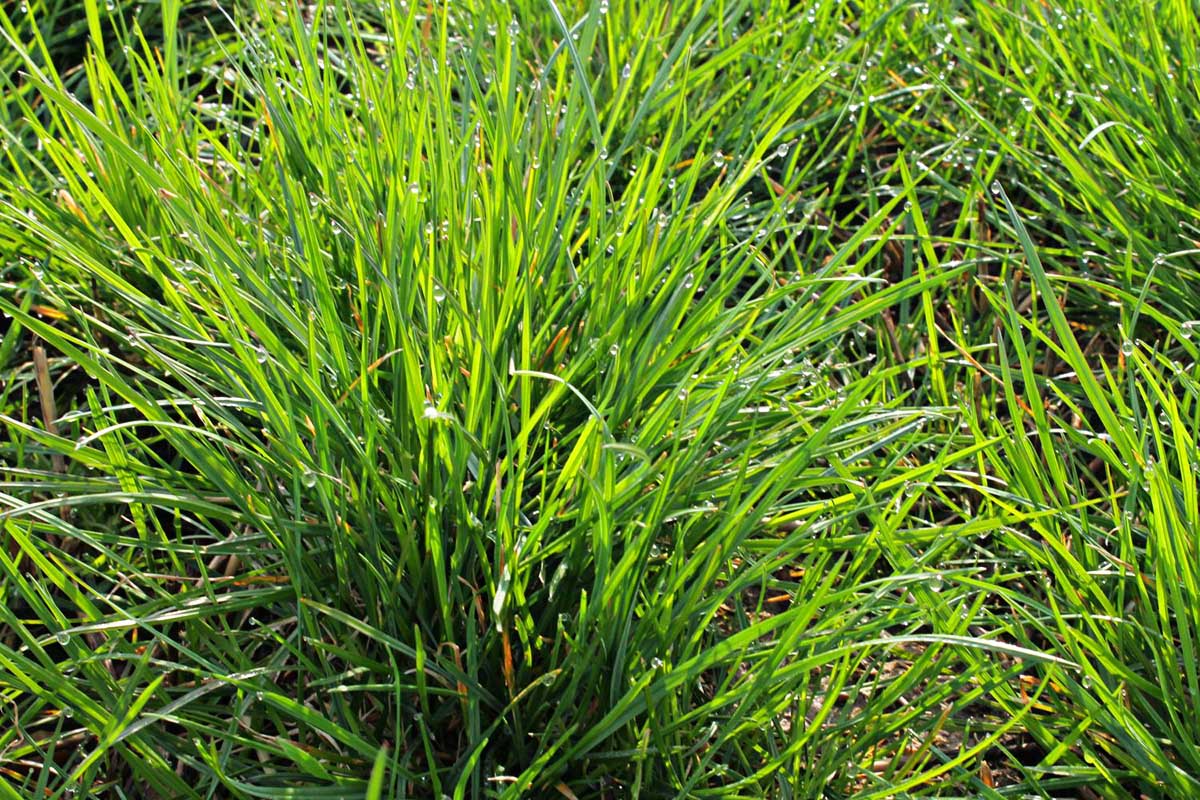




0 thoughts on “How Long Does It Take For Ryegrass To Germinate”